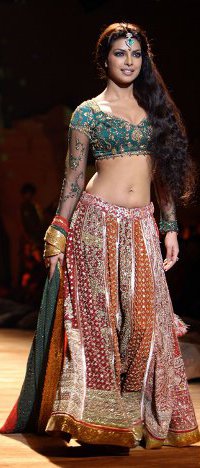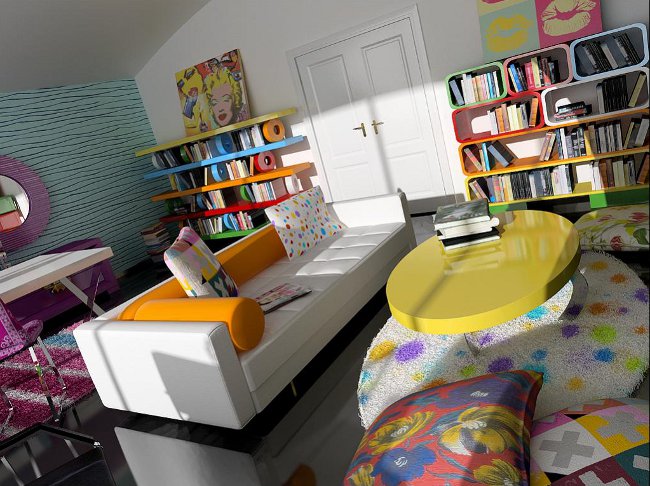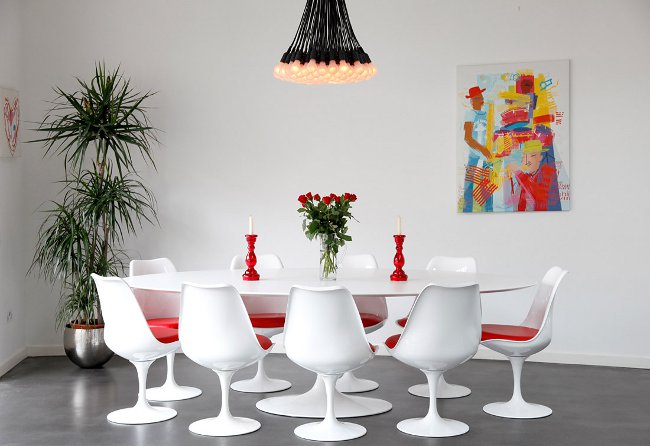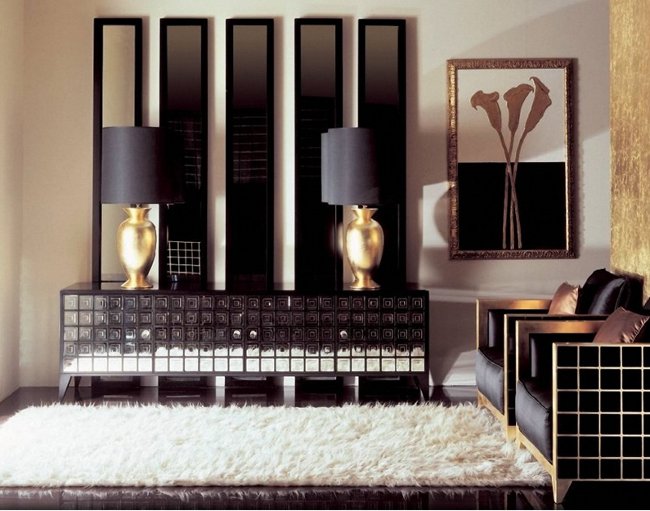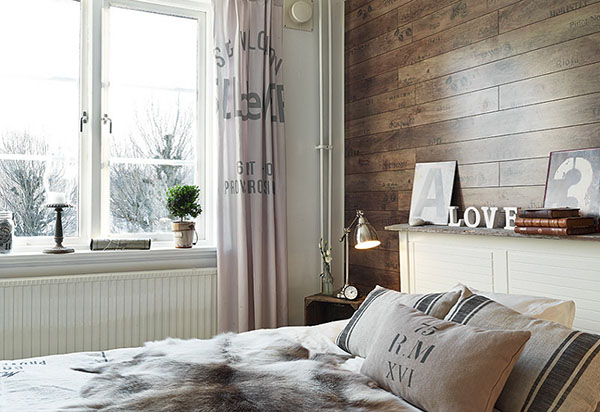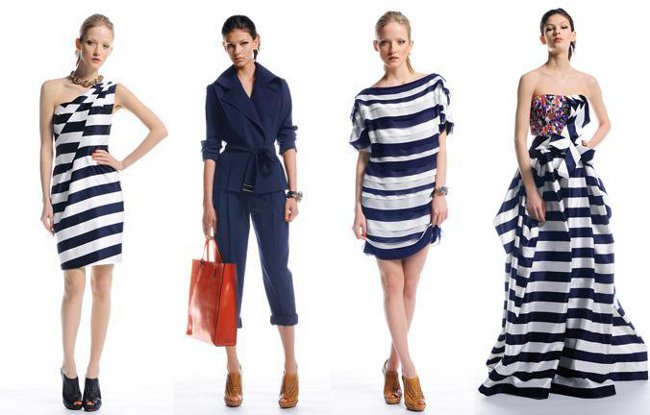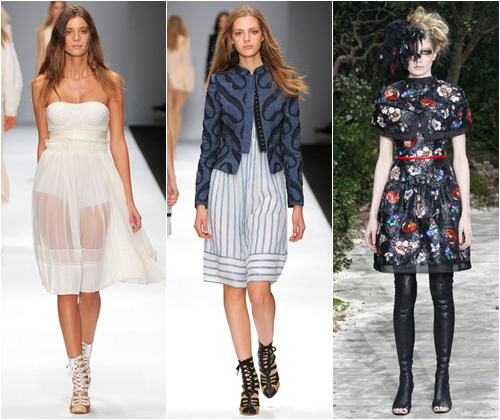Ethnic style in clothes
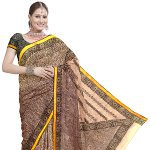
Ethnic style is gaining increasing popularity in various spheres of life. We have already talked about the ethnic style in the interior, now it's time to consider ethnic style in clothes. Why is he so loved by women (and even men) from different countries?
It would seem that the progress of mankind can not be stopped- and in the field of fashion, too. In theory, the skirts should become shorter, the materials are increasingly unlike the natural ones (everyone remembers the brilliant suiting overalls of the heroines of the fantastic films), and the line between men's and women's clothing should become more and more subtle. But in fact we are seeing the opposite trend - second birth experience a retro and ethnic style.
Ethnic style in clothing is due to its spread "Children of Flowers" - hippies. The hippy generation was challenging the generally acceptednorms and rules, including in fashion. In the 60's, European and American fashionista fans from mini, and hippie girls, on the contrary, dressed in light motley dresses and skirts fluttering in the wind. The clothes clearly showed the motives of the national dresses of the Eastern, African and Central American peoples.
It is thanks to hippies that ethnic style could become a part of modern fashion. Inspired by hippie outfits, Yves Saint Laurent created collections of ethnic clothing, due to which the ethnic style has ceased to be the lot of indigent rebels. In his collections, the couturier used African, Chinese, Moroccan, Indian and even Russian motifs.
Now the ethnic style is again popular. In many shops you can find clothes, stylized with national dresses of different countries: blouses and dresses with a stand in Chinese styleor reminiscent of a Japanese kimono, colorful skirts and sarafans on the floor, decorated with stones bracelets and massive necklaces that cause associations with Africa. Even traditional Ukrainian embroidery - and she took a worthy place in the wardrobe of women of fashion.
So, what is the ethnic style in clothes? What are its main features?
- Items of clothing from national costumes of different peoples or stylization for them. Japanese kimonos, Indian saris, gypsiesskirts, Mexican ponchos, Moroccan tunics, Ukrainian embroideries, Spanish boleros - any such thing as if yells: "My owner loves ethnic style!"
- Smooth flowing outlines, "air" silhouettes. Strict geometric forms of ethnic styleare not inherent. Women's national clothing of most of the nations is not just feminine - it is extraordinarily feminine. Sometimes a long gypsy skirt can make its possessor more attractive than a frank mini.
- Bright colors, contrasting color combinations and unusual patterns. Clothing in ethnic style invariably attracts attention not only for its unusualness and style, but also for its bright colors. This outfit attracts attention.
- Relevant footwear and accessories. Ethnic style is not only clothing, but alsoaccessories. Bags, scarves, necklaces, bracelets, earrings ... It's hard to overdo it. Refined jewelry is inferior to the position of rough copper, wood and glass decorations.
- Natural materials. Ethnic style does not tolerate synthetics, butlinen, cotton, silk - please. Clothing made by hand is especially appreciated. Of course, and it will cost a lot, but if you can sew, you can sew a lot yourself.
Of course, ethnic style "in its pure form" is appropriate not always and not everywhere. Not everyone wants to look like an animated mannequinfrom the ethnographic museum. But you can always wear things that are styled as ethnic, or combine ethnic clothing with casual things. For example, the daily outfit can be diluted with an embroidered linen bag or worn with embroidered jeans.
Ethnic style was and remains popular. Why? There are several reasons. It is original and bright, it allows you to be free, while remaining yourself. The variety of ethnic dresses will help you stand out from the crowd, not being afraid that one day you will meet your "clone" in the same clothes. Finally, the fashion for ethnic style coincided with the fashion for handmade. As it appears, ethnic style becomes a kind of classic - in the sense that he is unlikely to ever go out of fashion.

